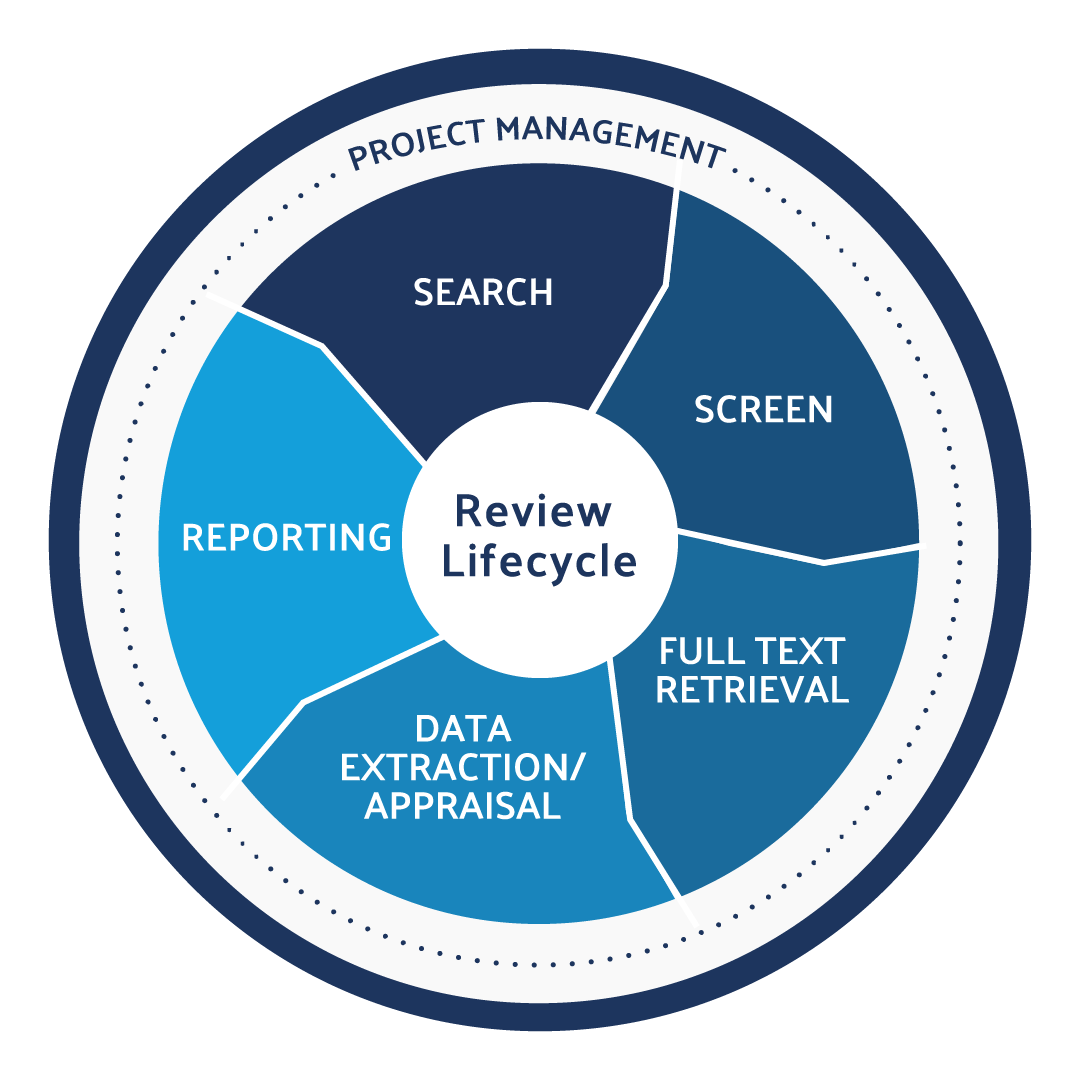Medical Devices
How Do You Write a Clinical Evaluation Report?


Use DistillerSR to produce CER and PER literature reviews in an efficient, audit-ready, and compliant way.
As a critical piece of the healthcare puzzle, medical device manufacturers must adhere to numerous regulations before their device can be approved. Due to its sheer size, wealth, population, and market value, the European Union has used its position as a world leader to ensure that devices sold within the European Union are safe and effective. Because of the size of the market, this ensures that nearly every medical device manufactured will likely adhere to the regulations set forth by the European Union. In addition, the EU plays a critical role in the Global Harmonization Task Force, which actively works to harmonize medical device standards and regulations globally.
The primary regulation here is what is known as European Union Medical Device Regulation (EU MDR). This legislation, which passed in 2017 and took effect in May 2021, provided a host of updates to the European Union’s prior medical device regulations, known as the Medical Device Directive (MDD), which was passed in 1993 but repealed and replaced with the EU MDR.
To comply with the more stringent EU MDR regulations, numerous changes were imposed on manufacturers. One of the most critical components of MDR is a clinical evaluation report (CER). Today, we will look at what a clinical evaluation is and the importance of CER compliant literature review, as well as who writes a clinical evaluation report and how.
What Is a Clinical Evaluation?
A clinical evaluation is an evaluation of the medical device in a clinical setting. This means studying the device for its efficacy, as well as its safety and performance, as it relates to claims and information provided by the manufacturer.
A proper clinical evaluation will examine all claims made by the manufacturer and demonstrate them in a clinical study environment. In terms of what the clinical evaluation consists of, the goal of the evaluation is to investigate the following:
- Can the device be used by a lay person or certified technician, provided they follow the instructions?
- Is there any training required to use the device and how quickly can it be learned?
- Does the device treat the condition as advertised in the materials provided by the manufacturer? IE is the device effective as it is claimed.
- Is the device safe to use?
- What are the side effects of the device and do the side effects present any problems for risk/benefit analysis? Does the benefit of using the device outweigh the risks?
- Is the device safe as it pertains to at-risk groups, such as pregnant women, or geriatric or pediatric patients?
Learn More About DistillerSR
(Article continues below)
How to Write a Clinical Evaluation Report
While every report is different, they all adhere to the same basic protocols. A well-written clinical evaluation report should adhere to best practices outlined in Section 11 of MEDDEV 2.7/1 revision 4, and should contain the following parts:
Summary
Provide a basic summary of the device with care taken to address such things as intended target patients, medical uses, as well as risk/benefit analysis.
Scope
Provide a highly comprehensive assessment of the information to be contained in the report, including:
Identification of the device
- Diagram or photos of the device
- Identification of whether or not the technology is new, or if it uses well-established technologies
- Identification of intended uses of the device, as well as conditions it is intended to treat, including clinical indications and contraindications for use
- Description of precautions to be taken to minimize risk
- Identification of the target users of the device
Clinical Background
The clinical background aims to allow the manufacturer to cite evidence for the device’s safety and effectiveness by the clinical evidence, as indicated in previously published studies on the device or its similar devices and processes. This includes an extensive CER-compliant literature review process that examines prior studies relating to the device.
Device Under Evaluation
This section should explain how the clinical evaluation was conducted, and its results, as well as a summary of the findings of the literature review, as found during the clinical background step.
Conclusions
Identify the conclusions of the clinical evaluations to demonstrate the safety and efficacy of the device and its intended use in order to provide conclusions on the suitability of the instructions and information materials provided by the manufacturer.
References
As with any published study, the manufacturer must provide references to all previous studies and information contained within the clinical evaluation report. One of the ways to obtain the information and reference is through the use of software, such as DistillerSR, which automates large portions of the literature review process so that more time can be spent focusing on the device’s efficacy and safety in a clinical setting.








